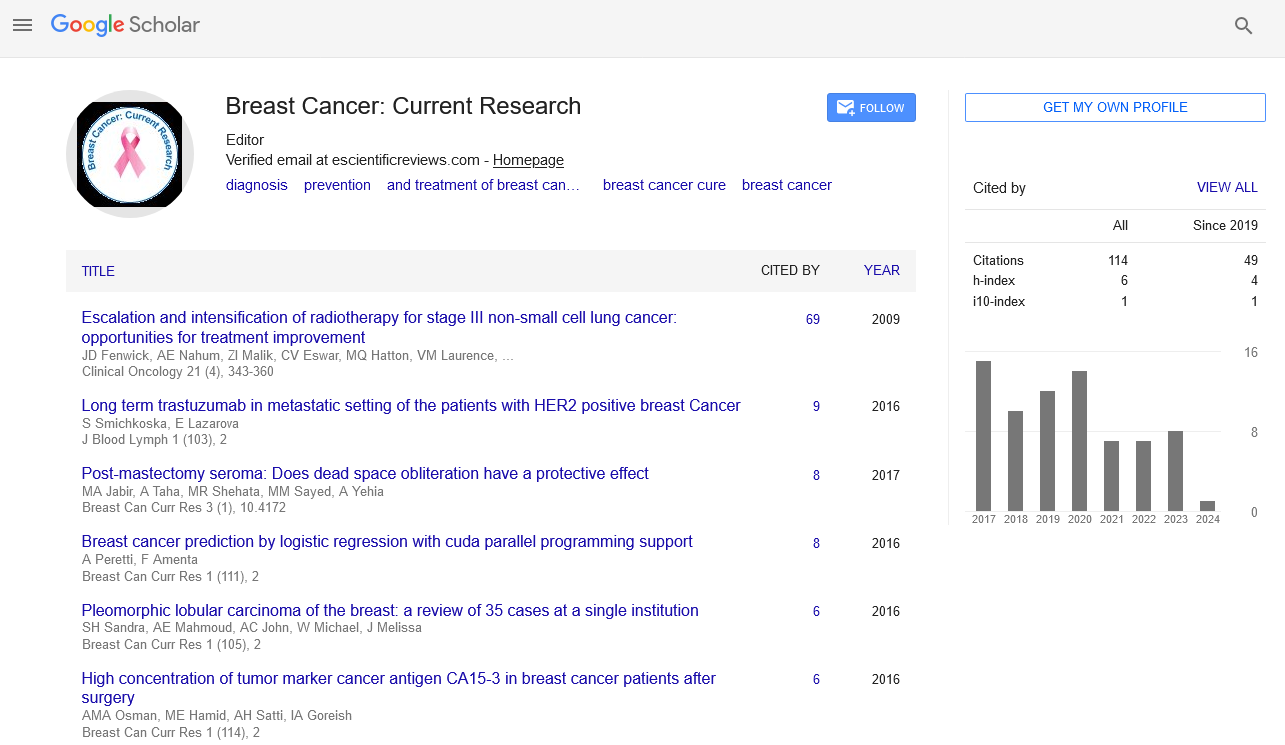Review Article
Physiological Role of Endocannabinoid-Hydrolyzing Enzymes in Brain Development and Neurodegeneration
| Zen Kouchi* | |
| Department of Pathology, Institute for Developmental Research, Aichi Human Service Center, Japan | |
| Corresponding Author : | Zen Kouchi Department of Pathology, Institute for Developmental Research Aichi Human Service Center, 713-8 Kamiya-cho Kasugai-city, Aichi 480-0392, Japan Tel: +81 568 88 0811 Fax: +81 568 88 0829 E-mail: zkouchi@inst-hsc.jp |
| Received September 17, 2015; Accepted October 06, 2015; Published October 13, 2015 | |
| Citation: Kouchi Z (2015) Physiological Role of Endocannabinoid-Hydrolyzing Enzymes in Brain Development and Neurodegeneration. Biochem Physiol 4:180. doi: 10.4172/2168-9652.1000180 | |
| Copyright: © 2015 Kouchi Z. This is an open-access article distributed under the terms of the Creative Commons Attribution License, which permits unrestricted use, distribution, and reproduction in any medium, provided the original author and source are credited. | |
Abstract
Endocannabinoids (eCBs) such as 2-arachidonoylglycerol (2-AG) and N-arachidonoylethanolamide (AEA) are important lipophilic mediators for transducing in signals organizing neuronal wiring in brain development, tuning retrograde signaling during synaptic transmission, or regulating neuroinflammation. e-CB hydrolyzing enzymes such as monoacylglycerol lipase (MAGL) and fatty acid amide hydrolase (FAAH) are key enzymes that integrate with the eCB receptors (CBR) in a distinct or cooperative manner for signaling in these diverse processes. Recently, MAGL and α/β hydrolase domain-containing protein 6 (ABHD6) have been highlighted as the primary brain 2-AG hydrolases, categorized as Ser hydrolase with a unique α/β-hydrolase fold, although FAAH preferentially hydrolyzes AEA. Brain MAGL was originally noticed as an enzyme involved in the modulation of synaptic retrograde signaling through termination of eCBR signaling by 2-AG hydrolysis, but recent elegant studies have revealed new aspects of its function in the generation of arachidonoic acid (AA) or other molecular signals that induce neuroinflammation. ABHD6 is important for 2-AG homeostasis and controls synaptic plasticity by downregulating 2-AG accumulation and efficacy at CBRs or the GABAA receptor. ABHD12 has recently been reported to hydrolyze lysophosphatidylserine in vivo, and ABHD12 knockout mice exhibit a neurologic phenotype similar to that of patients possessing inborn mutation in ABHD12, leading to the neurodegenerative disease PHARC (polyneuropathy, hearing loss, ataxia, retinosis pigmentosa, and cataract). Here we review the recent progress in understanding the mechanisms underlying CBR signaling and e-CB hydrolyzing enzymes from a physiological aspect, with emergence of attractive avenues as therapeutic targets for several neurodegenerative diseases.

 Spanish
Spanish  Chinese
Chinese  Russian
Russian  German
German  French
French  Japanese
Japanese  Portuguese
Portuguese  Hindi
Hindi 